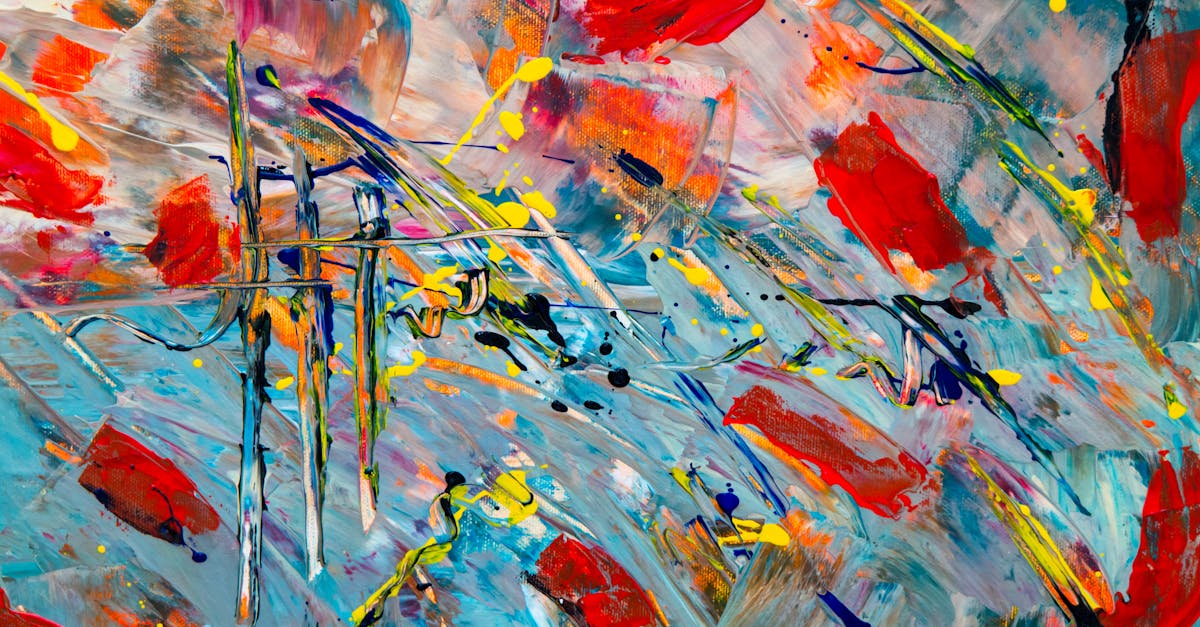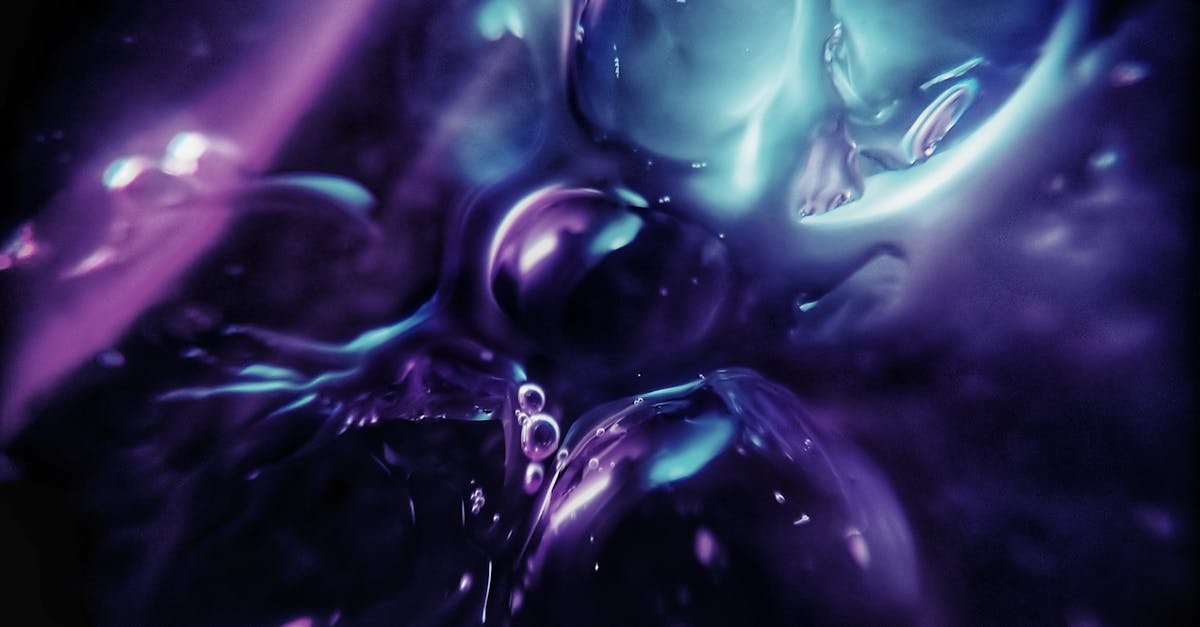This article explores common painting blunders that can dull your home’s charm and offers practical solutions to revive its beauty. It highlights the impact of choosing inappropriate colors, such as muddy earth tones or yellowy-whites, which can make spaces appear dingy. The importance of using crisp whites for trim and selecting high light reflectance paints is emphasized. Additionally, the article discusses the pitfalls of purple-based grays and brown undertones that can detract from a fresh atmosphere. By avoiding these mistakes and opting for the right colors and finishes, homeowners can transform their spaces into inviting, vibrant environments.
Latest Trends in Painting and Space Renovation
Revitalizing your home or commercial space doesn’t always require a full renovation; sometimes, a simple fresh coat of paint can do wonders. However, choosing the right hues and techniques is crucial. The world of interior design is ever-evolving, and as we venture into 2023, certain color trends and painting techniques are emerging as favorites among homeowners and designers alike. From the calming appeal of neutrals to the invigorating touch of vibrant accents, it’s about finding harmony that not only enhances the aesthetic but also transforms the overall ambiance.
This article delves into the latest trends in painting, offering insights into effective techniques, innovative materials, and practical advice on color selection. By understanding how different shades can impact a space, you can make informed decisions that align with your vision of a revitalized environment. Let’s explore the colors and methods that can breathe new life into your surroundings, ensuring they reflect both your style and personality.

Common Painting Blunders That Dull Your Home’s Charm (And How to Revive Its Beauty)
| Common Blunder | Revival Tip |
|---|---|
| Choosing the Wrong Color | Opt for a color that reflects natural light and complements your furniture. |
| Ignoring Trim Colors | Use crisp white for trim to enhance the overall brightness of a room. |
| Using Low-Quality Paint | Invest in high-quality paints that offer better coverage and durability. |
| Not Testing Paint Samples | Live with paint samples on walls for a few days to make an informed choice. |
| Poor Lighting Choices | Consider how different lighting affects paint color throughout the day. |
| Neglecting Wall Preparation | Clean and repair walls before painting for a flawless finish. |
| Skimping on Primer | Use primer to create a smoother surface and enhance paint adherence. |
The Latest Trends in Painting and Space Renovation
When it comes to transforming residential and commercial spaces, few things can create such impactful results as a fresh coat of paint. Choosing the right colors and techniques not only revitalizes an area but also significantly enhances the overall vibe. This article explores the current trends in painting and renovating spaces, focusing on effective techniques, innovative materials, and color choices that align with modern aesthetics.
Color Trends: Embracing Nature
In recent years, the trend has shifted towards embracing nature-inspired colors that promote calmness and well-being. Shades drawn from the natural palette not only evoke feelings of serenity but also create an elegant atmosphere in any room.
- Warm Earth Tones: Instead of traditional browns and yellows, consider muted greens and sandy beiges that handle light beautifully. These shades can enrich spaces without overwhelming them.
- Soft Grays: Grays with cool undertones are used strategically to create a sophisticated backdrop that pairs well with darker furniture and accents. Think of shades like Benjamin Moore’s Simply Gray.
- Dusty Pastels: Incorporating dusty rose or soft lavender can add subtle warmth and romance to a space, avoiding the overly bright, ‘childish’ hues of typical pastel colors.
Modern Techniques for Painting
Beyond color choices, the techniques employed can significantly impact the aesthetic of a space. A few modern painting techniques stand out for their ease and effectiveness:
- Ombre Effects: This technique blends colors seamlessly, creating a soft gradient that draws the eye and adds depth.
- Accent Walls: Utilizing bold colors on a single wall can create a focal point within the room without overwhelming the senses.
- Textured Finishes: Experimenting with texture, whether through sponging, rag rolling, or stenciling, can add visual interest to otherwise flat surfaces.
The Importance of Lighting
Lighting plays a crucial role in how paint colors are perceived. Choosing shades with a higher light reflectance value (LRV) can help to brighten spaces, particularly in areas with limited natural light.
For example, using a crisp white trim alongside a soft gray can enhance sharpness and clarity, while a dim ambiance might dull the colors. It is advisable to test paint samples on walls, viewing them in morning and evening light to truly gauge their impact.
Choosing the Right Products
With the rise of eco-friendly materials, homeowners and business owners now have access to paints that not only enhance aesthetics but also promote sustainability. Look for low-VOC and no-VOC formulas that provide vibrant colors while minimizing toxic emissions.
Paint brands such as Behr, Benjamin Moore, and HGTV Home by Sherwin-Williams have made strides in offering innovative options that cater to both performance and environmental concern.
Common Painting Mistakes to Avoid
Despite the simplicity of painting, several common mistakes can hinder achieving the desired result:
- Overlooking Quality: Using low-quality paint can lead to poor coverage. Investing in good quality can save time and reduce the frequency of needing to repaint.
- Neglecting Prep Work: Failing to prepare surfaces adequately—like cleaning and priming—can lead to peeling and uneven application.
- Rushing the Process: Taking shortcuts, such as skipping primer or not allowing adequate drying time between coats, can compromise the final look.
Case Studies: Transformative Projects
Seeing is believing; thus, past projects can inspire confidence in the potential of paint. Consider:
- A Residential Living Room: A client wanted to refresh an outdated living area. By selecting a soft sage green with white trims, the previously dark and cramped space transformed into an inviting and bright room, making it the focal point of the home.
- A Commercial Office: A local startup requested a vibrant yet professional atmosphere. Implementing various shades of teal on different accent walls created an invigorating space that reflects its creative business ethos while maintaining professionalism.
The Impact of Color Psychology
The interplay of color with human emotions is profound. Thoughtfully selected hues can motivate productivity in workspaces or induce relaxation in personal areas.
For instance, blue tones are known to promote calmness and focus, making them ideal for offices or study areas. In contrast, splashes of yellow can energize and bring cheerfulness to a room.
Being aware of these associations can help in strategically selecting paint colors that resonate with the intended purpose of the space.
Conclusion with Call to Action
Whether you are looking to refresh your home or transform your business environment, embracing these trends in painting and renovation can yield beautiful results. For personalized guidance and expert services, consider reaching out for a consultation. Discover how your space can benefit from the art of paint with TS Painting & Restoration.

Transform Your Space Today!
Looking to elevate your home or business? Our expert team at TS Painting & Restoration provides top-notch painting and remodeling services tailored to your unique vision. Experience vibrant colors and creative designs that will rejuvenate your environment and enhance your lifestyle.
Current Trends and Tips in Painting and Space Renovation
Practical Tips for Selecting Paint Colors
- Choose Colors Wisely: Not every paint color improves upon what was previously on the walls. Some shades can make spaces appear dingy. Opt for warm earth tones sparingly.
- Focus on Trim Colors: For a polished look, select crisp white for trim. Colors like Chantilly Lace provide a classic touch.
- Consider Light Reflectance Value (LRV): Lower LRV colors help hide imperfections, while higher LRV options brighten up spaces.
- Test Color in the Room: Sample paint colors on your walls and observe them at different times of day.
- Avoid Yellowy-Whites: Whites with yellow undertones can make walls appear dirty; instead, opt for neutral whites with cool undertones.
Emerging Trends in Painting and Renovation
- Soft and Muted Colors: Dusty hues, such as dusty rose, are making a resurgence but with lighter, more modern undertones.
- Nature-Inspired Palettes: Inspired by the outdoors, colors with rich greens and nuanced grays are trending.
- Mixing Materials: Innovative combinations of traditional and modern materials play a significant role in design.
Contact Us for Personalised Consulting
If you are considering refreshing your residential or commercial space, don’t hesitate to reach out for personalized consultations or services tailored to your needs. Transform your walls and redefine your environment with the latest trends and practical advice!
«`html
Frequently asked questions
Key Terms Glossary
- Color Theory
- A framework that explains how colors interact, how they can be combined, and the psychological effects they can have in design.
- Light Reflectance Value (LRV)
- A measurement of the percentage of light a paint color reflects; important for understanding how colors can brighten or darken a space.
- Neutral Colors
- Colors that do not appear on the color wheel, such as whites, grays, and tans; often used as a backdrop to highlight other, more vibrant colors.
- Trim
- Architectural elements, such as moldings and casings, that frame doors, windows, and walls; often painted a contrasting color for emphasis.
- Sheen
- The level of glossiness or reflectiveness in paint; common options include matte, eggshell, satin, and gloss, each providing a different finish and durability.
- Accent Color
- A color used to draw attention and create visual interest, often applied to specific walls or decorative elements in a space.
- Greige
- A blend of gray and beige that serves as a versatile neutral, providing warmth without overpowering a space.
- Undertones
- The subtle colors that exist beneath the primary color, affecting how the color appears in different lighting conditions.
- Palette
- A curated selection of colors used in design to achieve a desired aesthetic or mood within a space.
- Paint Finish
- The final appearance of the paint surface after it has dried, influencing both the aesthetic and functional qualities of the painted area.
Conclusion
Understanding the common painting blunders that can dull your home’s charm is essential for creating a vibrant and inviting space. By avoiding hues that can make a room appear dingy and opting for colors with higher light reflectance values, you can significantly enhance the aesthetic appeal of your interiors. Emphasizing the right trim, choosing the appropriate sheen, and being mindful of undertones also play a crucial role in reviving your home’s beauty. Armed with this knowledge, take the initiative to refresh your living and working spaces, transforming them into sanctuaries that reflect your style and sophistication.
Common Painting Blunders That Dull Your Home’s Charm (And How to Revive Its Beauty)
Choosing the Wrong Colors
One of the most common pitfalls in home painting is selecting colors that do not complement the space or, worse, make it appear dingy. Be cautious of warm earth tones like browns and beiges, which can give walls a dirty look. Instead, opt for cleaner neutrals, such as greige or soft whites, to offer a refreshing and inviting appearance.
- Recommended Color: Sherwin-Williams’ Accessible Beige
- Alternative Option: Benjamin Moore’s Simply White for a crisp look
Ignoring Trim Colors
Trim colors can profoundly affect the perception of the walls. Avoid muddy hues and stick with classic clean whites. Pairing your trim with earthy wall colors can create visual distraction, making spaces feel cluttered. Focus on using Benjamin Moore’s Chantilly Lace for trim to give a polished finish.
Overlooking Paint Sheen
The paint sheen is just as crucial as the color. While ultra-matte finishes may hide imperfections, they are also tough to clean. On the other hand, high-sheen paints can amplify flaws. A nice option is eggshell finish, which balances cleanliness and appearance.
Neglecting Natural Light
Color changes throughout the day based on natural lighting. Before committing, test your paint colors in different lighting conditions to ensure they reflect the vibe you want in your home.
- Apply samples on walls and observe them during various times of the day.
- Consider using shades with higher light reflectance value (LRV) for spaces that need brightness.
Transform Your Space with Expert Painting and Renovation
Ready to bring new life to your home or business? Our dedicated team at TS Painting & Restoration offers personalized consultations to help you choose the perfect colors and techniques that will enhance your environment. Experience the joy of a beautifully revitalized space that reflects your style.
Mariana Pons is the visionary behind some of the most stunning transformations at TS Painting & Restoration. With a strong background in design and renovation, she has empowered countless clients in Florida to revitalize their homes and businesses with her expert painting solutions. Born in the Dominican Republic and raised in New York, Mariana seamlessly blends urban sophistication with tropical charm in her approach.
Her philosophy revolves around transformative energy. Mariana thrives on taking outdated or neglected spaces and turning them into vibrant, inviting environments. Her project portfolio is filled with compelling before-and-after stories that highlight her skill in overcoming challenges and delivering exceptional results, making her a trusted partner for clients seeking to enhance their spaces.
Outside of work, Mariana enjoys exploring new cultures through travel, indulging in culinary experiences, and staying ahead of the latest interior design trends. She believes that every project is not just a task, but an opportunity to create something extraordinary that reflects the personality and desires of her clients.
At TS Painting & Restoration, Mariana is committed to using high-quality materials and innovative techniques to ensure each painting project exceeds expectations. Her passion for color and design enables her to guide clients in selecting the perfect palettes that breathe life into their spaces, making every home and business a true reflection of individuality.


